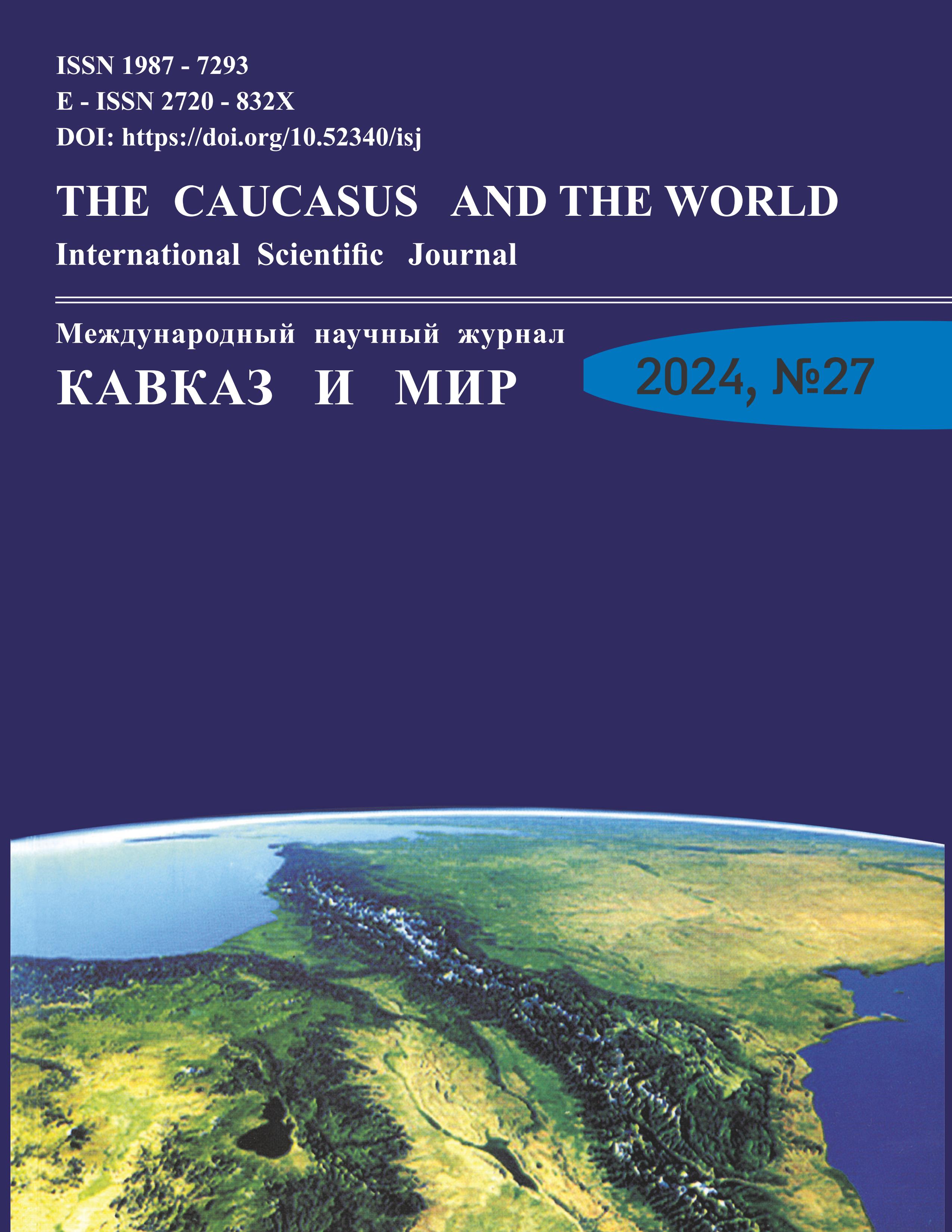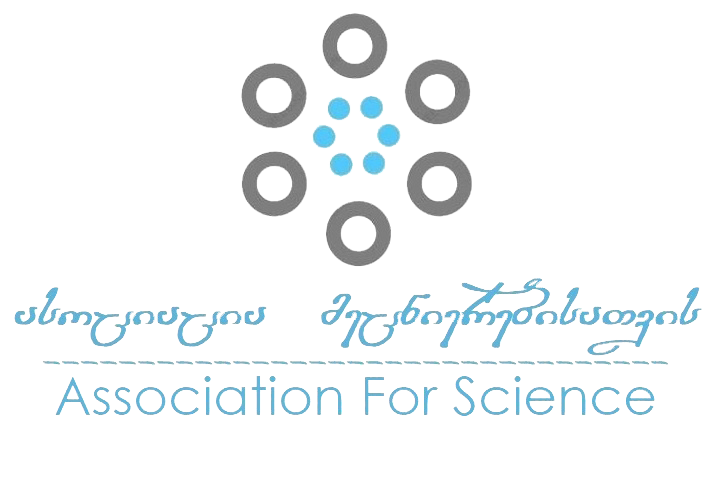Psychosocial Paradigm of AdolescentCrisis
DOI:
https://doi.org/10.52340/isj.2024.27.06Keywords:
adolescent, adolescent crisis, regularities, congintion, age characteristics, individualization, societyAbstract
Abstract
In the age of adolescence there isessential transformations of already existing difficult physical and natural-spiritual structures as well as theformation of origins of new social-cultural-moral values and conscious-volitional behavioural readiness. Adolescent crisis is a typical emotional state for the natural flow of the critical periods of adolescent’s life, which arises as a result of purposeful activity, as a discrete moment of personal development, limitation and blocking. Anxiety enhances at the beginning of crisis then problem solving strategies and psycho-physical resources activate. Also perceiving sensitivityincreases and evenvery little support becomes benefitial. Adolescence crisis is an absolutely normal, development-oriented state and not pathology. Its function is to gain personal autonomy by theadolescent, which is necessary for taking responsibility and the following psychic development. The effort to overcome the adolescence crisis barriers (gendering-sexuality,egoidentity,depersonalization,derealization, dysmorphophobia,narcissistic tendencies etc.) is difficult psychic work, which is related to a huge effort and is significantly defined by the social formation types of adolescent development. If the adolescent’s life environment is ina crisis (political,social, moral, material) then complex(inner-outer) crisis-ridden reality is formed, which makes the adolescent crisis as a critical psychological state of maximum disintegration(inner psychic level) and makes it as an invincible personal disadaptation (on social-psychological level) which is caused by the loss of main life orientation.Critical peak problems, obviously can cause the personality disorder and behavioural deviations. Studying and analysis as a phenomenon of adolescent psychological particularities, age development regularities and adolescent crisis in the context of modern life is a highlyactual issue, to avoid the psychopathological tendency of adolescent crisis and the problem of adolescent’s transformation into so called “difficultadolescent“.
Downloads
References
Adler, A. (2014): Education of Children, „Geo“, Tbilisi.
Aries, P. (1954): Time of History, Monaco.
Gogichaishvili, T. (1992): The Psychological and Age Characteristics of Transitional Age Students„Publishing of University of Tbilisi”.
VygotskyL. (1983): Paedology of the Adolescent,„Pedagogika“, M.
Dolto, F. (2005): Difficulties of Life , „Sakartvelos Matsne“, Tbilisi.
Klee, М. (1991): The Psychology of Adolescent, „Pedagogika“, M.
Krein, U. (2002): Secrets of formation of privacy, SPBPrime-Evroznak
Mudrick, А. (2004): Human Socialization, Publishing Center «Akademia»,М.
Lievegoed, B. (2002): Phases of Childhood, „Atsmko“ Tbilisi.
Remschmidt,H. (1994): Adolescent-Youth Age. Problems of Personal Formation. М.
Uznadze, D. (1912): Indroduction of Experimental Pedagogy, „Dzmoba“, Kutaisi.
Steiner, რ. (1995): “Teaching methodology and vital conditions of education, „Arili“, Tbilisi.
Jung, C. (1994): Spiritual Problems of Modern Individual, Publishing Group „Progress“,
„Universe“, М.
Freud, А. (2016):Introduction to Child Psychoanalysis, Institute Humanitarian Studies, M
Chkhartishvili, Sh. (1974):Social Psychology of Education, “Publishing of University of Tbilisi”.
Chrelashvili, N. (1968): Psychological Characteristics of Adolescent,Book:
Children’s Psychology, „Ganatleba“, Tbilisi“.










